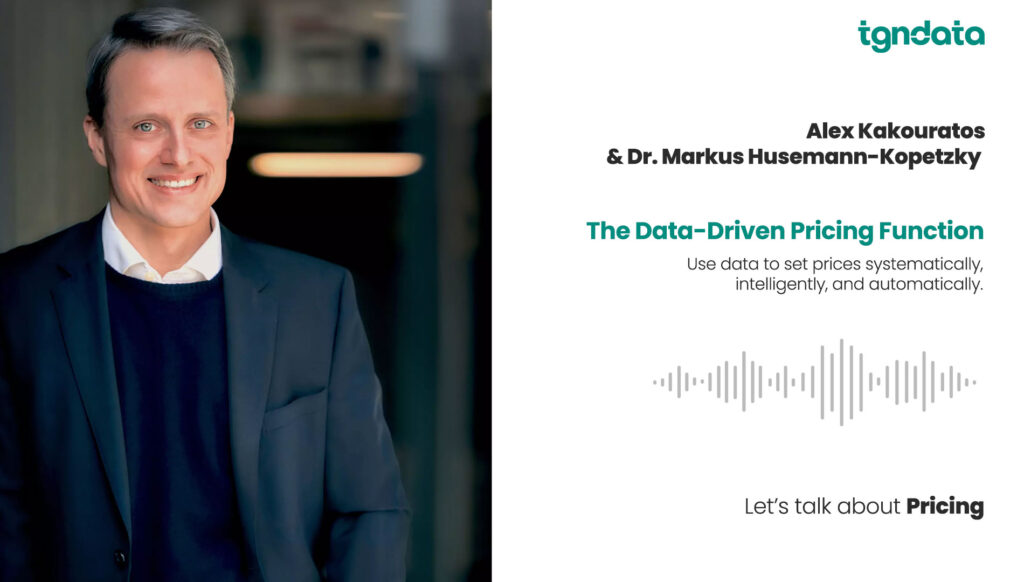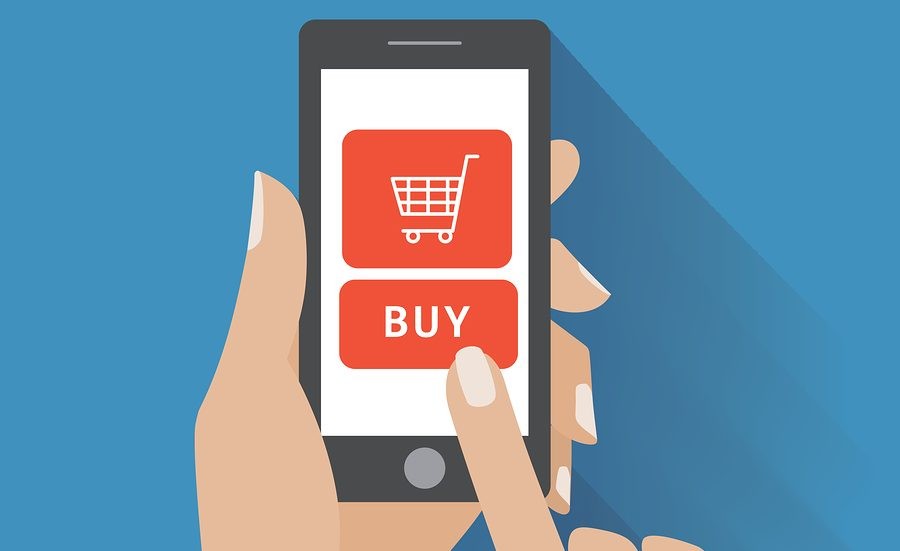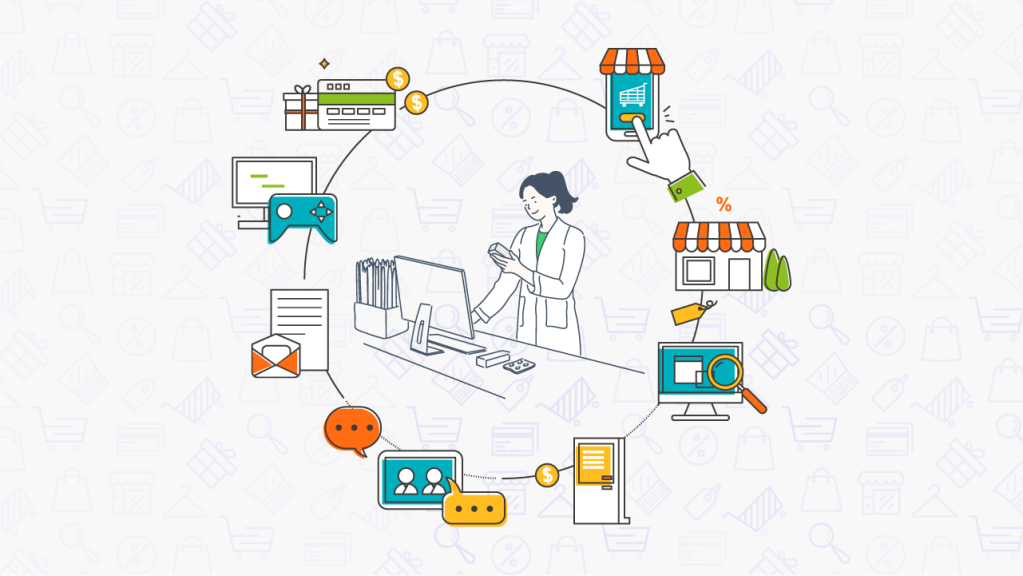Edit Content
2022 has been a significant year for the retail industry, with the rise of eCommerce and omnichannel leading the way for the future. In 2023, retailers and brands will need to be more flexible, and customer-centric, and invest in retail technology in order to succeed in the digital retail economy. It is predicted that eCommerce spending will increase by 20% in 2023, reaching a total of $36 billion. As consumers become more accustomed to using technology, their expectations for retailers have also changed. In order to stay ahead of the game, retailers must utilize analytics and technology in their decision-making processes. This blog post discusses the top retail trends, investments, and predictions for 2023 and beyond.
Retailers should be aware of the following 8 consumer buying behavior trends and retail tech insights:
The rise of social commerce is driven by its ease of use and non-intrusive advertising. It is expected to generate $30.73 billion in sales by 2023, accounting for 20% of global retail eCommerce sales. Currently, 75% of retailers already sell through social media platforms, utilizing social storefronts and shoppable posts.
Influencer marketing is becoming increasingly popular among eCommerce brands and retailers because it offers a high return on investment, allows for strategic targeting of specific online audiences, and promotes positive advertising. Customers often find influencer marketing more trustworthy than brand messaging and are more likely to try out brands endorsed by the influencers they follow. User-generated content videos are 22% more effective than brand videos.
Many new brands have launched using influencer marketing, and even established brands like Starbucks & Adidas use it extensively to reach their online audiences. Influencer marketing has become a crucial part of retail trends, particularly for brands targeting Millennials and Gen Z, who have a strong online presence and high social media usage.
According to a survey, 60% of consumers are more likely to become repeat customers when they are offered personalized shopping experiences. These shoppers also expect custom deals and promotions every time they provide data to a retail platform. This has led retailers to prioritize personalized experiences in order to remain competitive in the crowded eCommerce market.
In 2022, 74% of eCommerce companies have implemented website personalization programs to create highly personalized experiences for their customers. However, some retailers are still struggling to catch up and are just starting to explore ways to personalize their customer experiences. Retail trends show that companies with above-average experience management strategies tend to have better revenue growth than their competitors.
The recommendation engine market is expected to reach a size of $12 billion by 2025. It is clear that personalized shopping experiences are no longer a luxury, but a necessary component of any eCommerce business. As technology and analytics capabilities continue to advance, retailers that have not yet invested in personalization will need to catch up in 2023 to keep up with the competition.
Research suggests that 3D views of products generate 50% more engagement than static imagery and features such as zoom, 360 views, AR try-on capabilities, detailed descriptions, and robust review sections are critical for modern shoppers. A survey by Ogilvy found that 80% of Gen Z customers said that they changed their minds about a purchase after reading negative reviews.
In the digital retail world, reviews and ratings are important for ranking on the digital shelf. A large number of negative reviews or a lack of reviews can negatively impact your digital shelf ranking and decrease your chances of appearing on the first page of search results. Therefore, optimizing your website for consumer reviews and incorporating consumer reviews and sentiment into your product and marketing strategy will be essential for improving brand integrity and conversions in 2023.
The concept of recommerce, or the circular economy, has gained popularity due to the increasing demand for sustainability from consumers. In a traditional linear economy, raw materials are turned into products and then disposed of once they are used, leading to waste and carbon emissions. However, in a circular economy, products and raw materials are reused, recycled, and upcycled in an effort to reduce waste and carbon footprint.
This business model also focuses on ethically and locally sourcing materials. Recommerce, or the use of resale services, is particularly popular in the fashion retail industry, with 65% of shoppers participating. Thrift stores are also a popular choice, with 16-18% of Americans shopping at them in a given year. The trend of “furniture flipping” has also gained popularity, with the hashtag #furnitureflip receiving 4.6 billion views and growing 23% in 2022. In addition, 30% of major retailers and 14% of home improvement brands catering to DIY enthusiasts are involved in resale services.
With the global launch of the metaverse in 2022, retailers have arrived in swarms – investing in virtual real estate, experimenting with new marketing strategies, and creating new spaces to engage with young, Gen Z, tech-savvy consumers. Already, 74% of adults in the USA are willing to spend up to $1000 on VR gear to join the metaverse- similarly, global spending on AR/VR is set to rise to $72.8 billion in 2024. Today, however, 51% of all metaverse users are 13 years old if not younger, indicating a unique window of opportunity to begin to identify and shape audiences for brands in the future.
Luxury brands and high-end retailers have been the first to capitalize on the seedling opportunity the metaverse represents, disrupting the space with innovative campaigns and collaborations, gaining massive traction, and making headlines outside the metaverse as well. The future looks bright for the metaverse: The metaverse market is predicted to hit over $800 billion in 2024 – a compound annual growth rate (CAGR) of more than 13%. And with 400 million monthly active users in 2022, it has already been predicted that we are approaching times when 25% of people will spend an hour or more on the metaverse every day (as soon as 2026).
Consumers’ high expectations have led to an increase in their preference for direct-to-consumer (DTC) brands, with 23% claiming that DTC channels offer better quality products. DTC brands have a direct relationship with their customers, allowing for personalized and meaningful experiences. In fact, 61% of shoppers believe that DTC companies offer the best personalized and engaging digital experiences compared to marketplaces and third-party channels.
From the brand’s perspective, DTC channels are popular because they help increase profits by reducing distributor and middleman expenses, and allow complete control over consumer data, enabling the development of long-term customer relationships. DTC channels also eliminate issues such as minimum advertised price violations, counterfeit product sales, and distorted brand image, as brands have complete control over production, distribution, pricing, and marketing.
Private label brands, which are offered by retailers and not affiliated with a specific manufacturer, have grown in popularity in recent years due to the increasing demand from consumers. In the past, private-label products were often seen as lower quality or cheaper alternatives to national brands. However, this is no longer the case. Without the marketing expenses that branded products often have, private-label brands can now be trendy, affordable, and competitive. These brands are gaining popularity among major retailers and are being increasingly adopted by shoppers.
During the pandemic, many consumers turned to private-label brands due to price sensitivity and their growing familiarity with these products. This trend has continued into 2022 and may continue for the foreseeable future. Surveys show that 45% of respondents cited price as the main reason for switching to private labels, while 58% believe they are a viable alternative to national brands. Additionally, 70% feel that private label brands offer similar or even better quality than national brands.
Customers today have a vast selection of brands and retailers to choose from when purchasing a product, which has increased their expectations from retailers. Providing a high-quality product is not enough to attract and retain these customers.
They expect a seamless, convenient, and personalized experience throughout the entire purchasing process, including smooth checkouts, price matching, engaging content, timely delivery and returns, and personalized experiences. To meet these demands, retailers must use data analysis to monitor customer behavior and market trends, optimize prices based on competitors, have a strong online presence, efficiently handle delivery and fulfillment, and handle various other factors. Artificial intelligence and automation can assist retailers in achieving these goals.
Without technology and innovation, retailers won’t last long in 2023. Technology is the backbone of the new retail landscape and the pandemic has proved it. The following are some areas of retail where brands and retailers can harness next-gen technology and innovative best practices to win in 2023 and beyond:
In order to attract and retain customers, it is important to implement a competitive pricing strategy. This can be done by using automated pricing solutions that provide real-time market and competitor data, allowing you to set competitive prices while still maintaining profitability. With the current economic climate, many consumers are more hesitant to spend as much as they used to. By offering competitive prices, you can turn price-sensitive shoppers into loyal customers.
According to recent research, companies that offer free shipping have a 20% higher conversion rate compared to those that do not. In fact, 78% of Amazon Prime members stated that they decided to join specifically to take advantage of free shipping, clearly demonstrating that this is a top priority for consumers. In order to meet this demand, retailers must consider revising their supply chain management and consider automating their processes. They should also partner with delivery fulfillment vendors who can handle high-volume orders. As eCommerce continues to grow, timely delivery and fulfillment will become increasingly important for retailers to succeed in this competitive market. If they fail to do so, they risk losing customers to their competitors.
The pandemic might have put a full stop to many brick-and-mortar businesses but not for those who were flexible and pivoted to retail trends and created an omnichannel approach during these trying times. With an omnichannel approach, retailers can use their in-store space to fulfill online orders and provide a unified, seamless customer experience across all touchpoints. From BOPIS and curb-side pick-up to ordering online and offering free delivery, an omnichannel approach can help you reach out to a wider customer base and cater to them wherever they are.
Today’s customers have access to multiple channels, websites, search engines, and a host of data to choose from. To convert this informed shopper takes more than just low prices or discounts. You need diverse product assortments for consumers to choose from and need to keep evaluating your merchandise based on consumer preferences, competitor offerings, and shopping trends. Instead of keeping the same assortments online as well as in-store, study your consumer demographics and patterns and curate your assortments to meet the consumer demand across each channel.
In 2023, retail trends and predictions will show how rapidly consumer behavior will change. The only way retailers can thrive and remain competitive after an arduous pandemic-riddled era in 2023 is by being innovative, flexible, and attentive to shopper expectations. By adopting smart, intuitive AI and retail tech solutions, you can align your retail strategy with your goals and future-proof your business.













Missing an important marketplace?
Send us your request to add it!